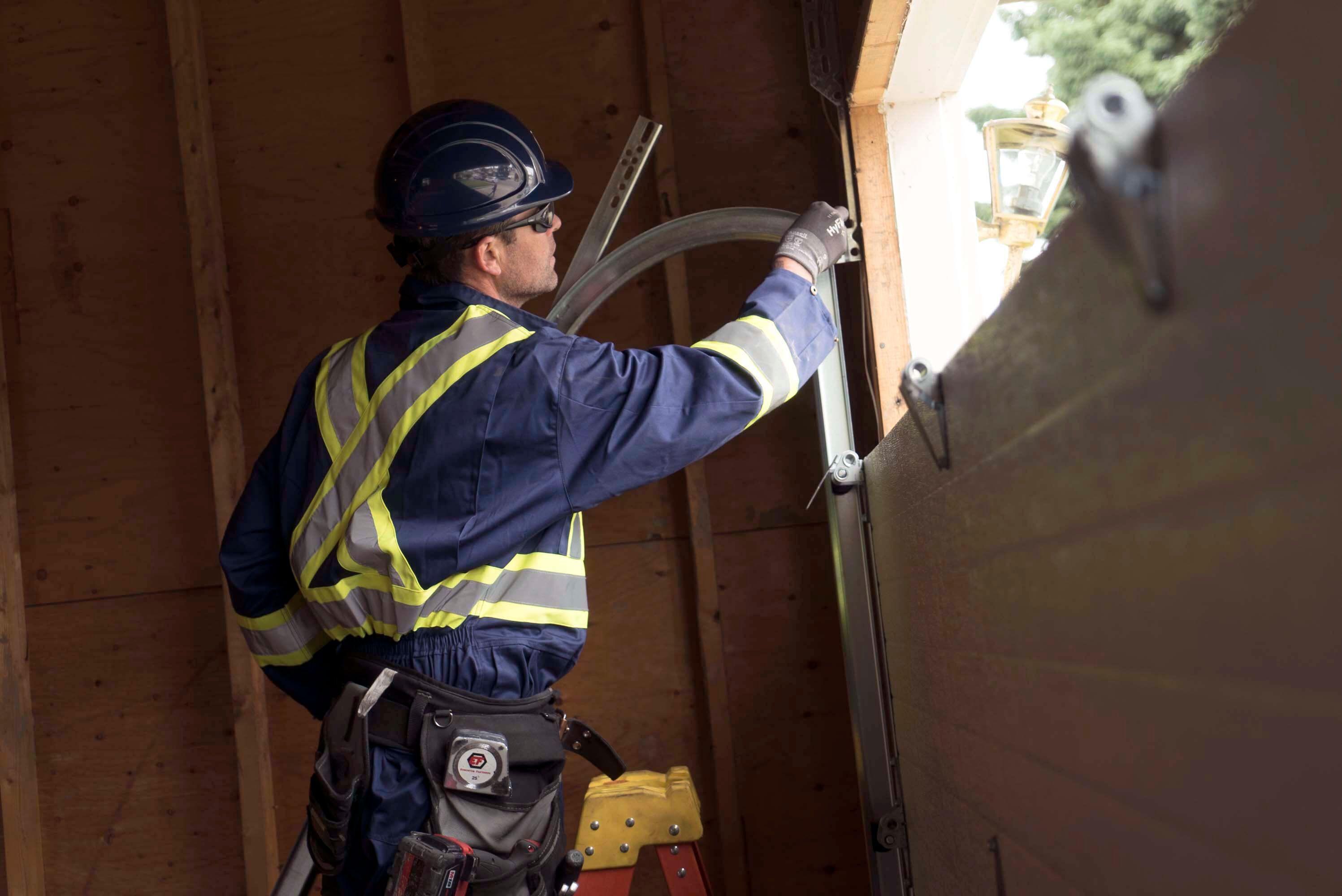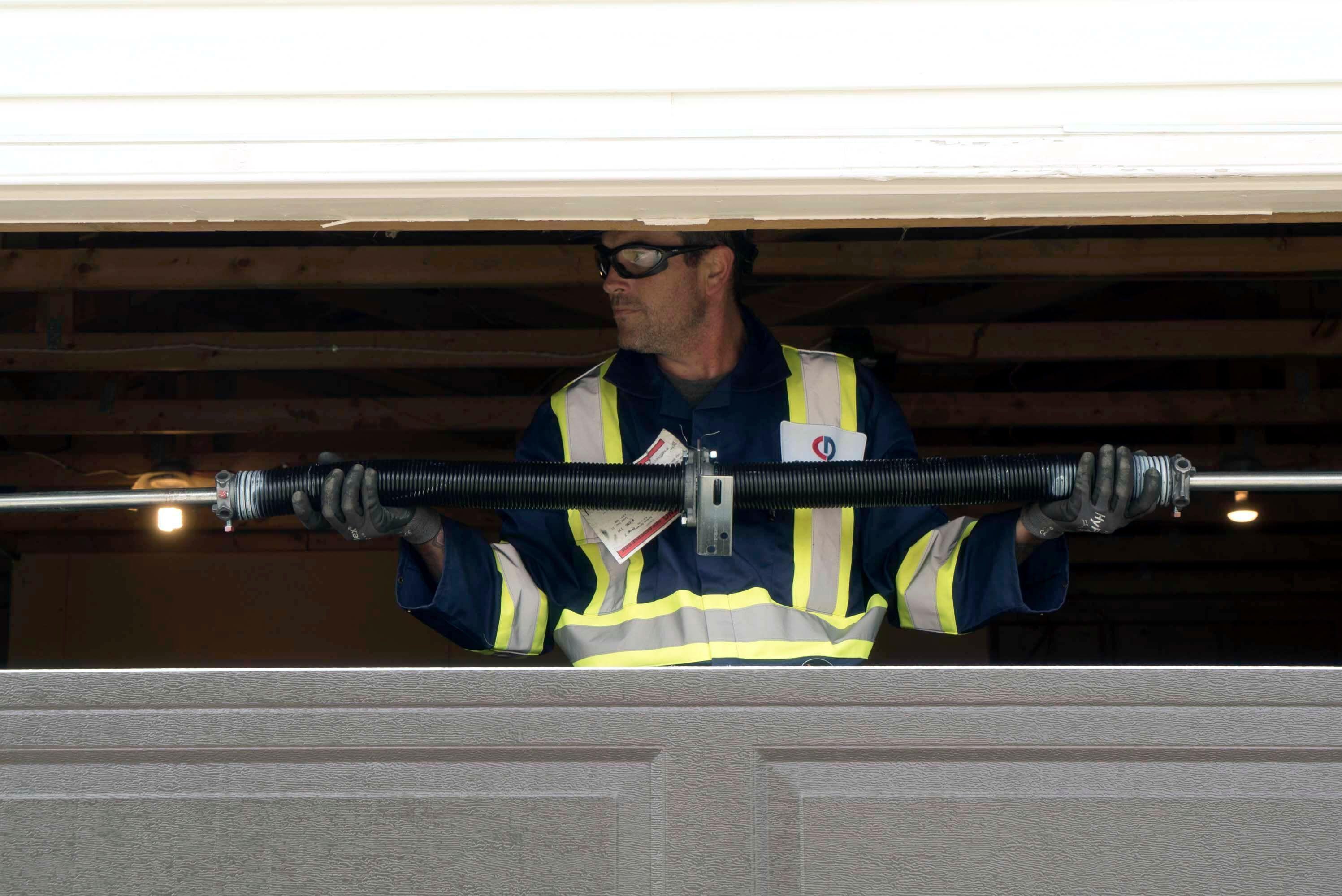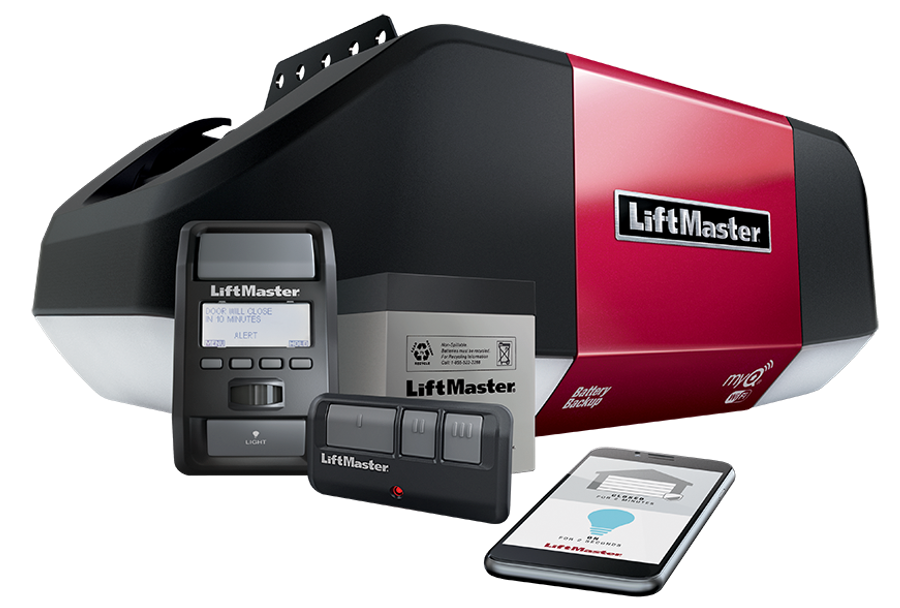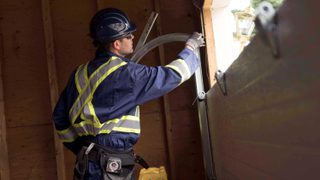The Anatomy Of A Garage Door
With its dozens of interconnected parts, your garage door is a feat of modern engineering. Although you don’t need to be able to name each and every one of your garage door’s components, it’s useful to be able to identify the major ones and have a basic understanding of how they function. This allows you to pinpoint problems quicker and more easily identify the proper solution to fix them. Here’s an overview of your garage door system’s principle parts.
Panels
The standard garage door comprises several rectangular panels and sections. Made of wood, steel, aluminum, fibreglass, or vinyl, garage door panels come in a range of colours and designs and can accommodate windows and decorative hardware. For many garage door models, individual panels can be replaced when damaged.
Hinges
Large leaf hinges secure the panels to each other. They fold to allow the garage door to bend as it moves along the track. They’re very sturdy but need to be lubricated periodically so that they don’t squeak.

Door tracks
Found on either side of the garage door and above the door it, the door’s tracks guide the door when opening or closing. Note that they shouldn’t be lubricated; however, it’s good to periodically wipe them down with soap and water.

Rollers
On either side of the garage door are a number of rollers, which slide up and down the tracks when the door opens and closes. Each roller is made of a metal rod and a wheel made of nylon, steel, or plastic. Rollers wear over time, so they need to be replaced periodically.
To learn more about rollers, read our article about how to maintain them.
Torsion spring
The torsion spring sits directly above the garage door. Its function is to counterbalance the weight of the door. It’s under extreme tension, so it should never be tampered with by a non-professional. Learn more about the dangers of garage door spring repair and replacement here.

Extension springs
Some garage door systems, especially older ones, have a pair of extension springs instead of a torsion spring. They either stretch out vertically on either side of your garage door or above your head horizontally, alongside the overhead tracks. They have the same function as the torsion spring, but are less safe, as the pieces can become dangerous projectiles should a spring fail. To reduce this risk, extension springs should always be equipped with safety cables.
Weatherstripping
Found along the bottom of your garage door, weatherstripping acts as a seal that keeps out drafts and other outside elements, thereby increasing the door’s energy efficiency. Weatherstripping should be inspected a couple of times a year and repaired or replaced when you notice wear and tear.

Garage door opener
Here are the main parts found in a standard garage door opener:
- The operator attaches to the ceiling and houses the motor that powers the system. It’s controlled by a wall button, keypad, and/or remotes. Some modern operators are even Wi-Fi enabled, allowing you to control them with an app from your phone, tablet, or other device.
- The drive mechanism is what does the heavy lifting, pulling your garage open and lowering it closed. There are three types of drive mechanisms: belt drives, chain drives, and screw drives. Belt drives are an increasingly popular option, as they’re the quietest and operate most smoothly.
- The belt or chain connects to the garage door via the carriage and trolley. The carriage is the large L-shaped piece that is pulled along the horizontal track to open and close the garage door. The trolley is the mechanism connecting the carriage to the belt or chain.
- Dangling down from the carriage is the emergency release rope, typically bright red with a handle on the end. It allows you to disengage the carriage and open and close your garage door manually. This is an important safeguard in the event that your garage door opener breaks down or there’s a power outage.
- The sensors, also called photo eyes, prevent your garage door from closing on anyone or anything. They’re located near the bottom of the door tracks on either side and shoot an invisible beam across the opening of the garage door when the door’s closing. When the beam is broken, a signal is immediately sent to the opener to reverse the direction of the closing door.
GARAGE DOOR MAINTENANCE AND REPAIR IN WESTERN CANADA
If any of your garage door parts need repair or replacement by a professional, trust the team at Creative Door Services. Our experienced technicians have the tools, parts, and expertise to fix all garage doors. Contact us today to schedule a service call or to learn more about our repair, maintenance, and installation services.

